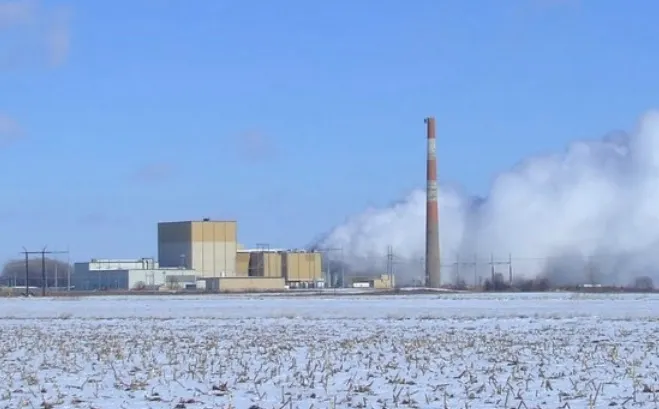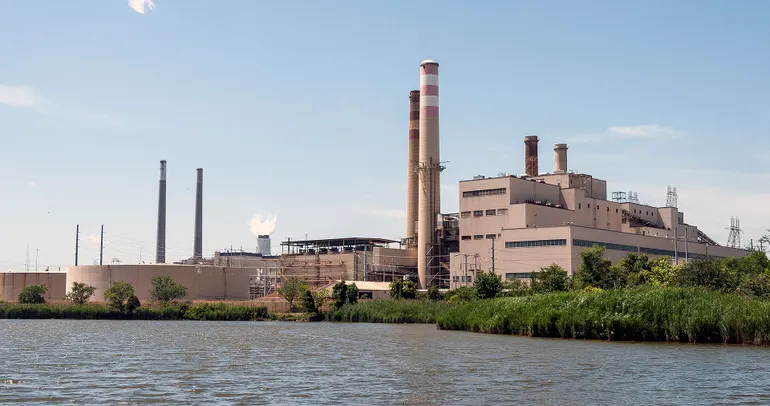
Why is the U.S. natural gas price dropping today?
That was the question Rigzone asked Art Hogan, Chief Market Strategist at B. Riley Wealth, in an exclusive interview on Tuesday.
In response, Hogan told Rigzone that, “technically, natural gas found some resistance up at the $3.57 per million British thermal units (MMBtu) level and is now testing support at $3.27 per MMBtu”.
Hogan added that, fundamentally, three things seem to be in play.
“Steady production, comfortable storage levels, and normalized weather predictions through November,” he told Rigzone.
“Output has stayed near a three-week high of around 108 billion cubic feet per day (bcfpd) over the past few days, while record production earlier this year allowed energy firms to build inventories well above seasonal levels,” he added.
“Weather forecasts show mostly normal temperature forecasts across the U.S. through mid-November,” Hogan went on to state.
When he was asked why the U.S. natural gas price is dropping today in a separate exclusive interview on Tuesday, Phil Flynn, a senior market analyst at the PRICE Futures Group, told Rigzone that “natural gas is struggling as cold weather forecasts are easing and [because of] record Canadian natural gas supplies”.
“We also have a bit of commodity risk-off as metals and oil plunge,” he added.
“Still, record-breaking LNG exports should keep us from falling too hard,” Flynn went on to state.
In an EBW Analytics Group report sent to Rigzone by the EBW team on Tuesday, Eli Rubin, an energy analyst at the company, warned that the November natural gas contract is “volatile” entering options expiration.
“While the November natural gas contract surged 13.8 cents in a volatile session yesterday, December added 0.2 cents and January slipped 0.2 cents as the front-month disconnected from the rest of the curve,” Rubin said in the report.
“Although fundamentals suggest a bearish bias for November, monthly rollover volatility can often follow non-fundamental drivers into final settlement,” he added.
Rubin went on to state in the report that U.S. natural gas storage is on track to reach 3,925 billion cubic feet.
“Rebounding production and record Canadian storage offer an ample supply picture to open the November-March heating season,” Rubin said.
“While long-term fundamentals appear robust, we highlight risks of near to medium term softening – particularly if weather continues to moderate,” he warned.
EBW highlighted in the report that the November natural gas contract closed at $3.442 per MMBtu on Monday. This was up 13.8 cents, or 4.2 percent, from Friday’s close, the report outlined.
In the report, EBW also predicted that, over the next seven to 10 days, “volatility swings continue” in the NYMEX front-month natural gas contract. EBW predicted in the report that, over the next 30 to 45 days, the NYMEX front-month natural gas contract price will “dip and recover”.
B. Riley Wealth’s website notes that Hogan’s “distinguished financial industry career spans 30+ years, during which he has concentrated on the U.S. equity markets”. The site points out that Hogan has served as a member of the Board of Governors of Boston Stock Exchange, Inc., and a member of the Board of Directors of NASDAQ OMX BX, Inc.
Flynn is described on the PRICE Futures Group website as “one of the world’s leading energy market analysts, providing individual investors, professional traders, and institutions with up-to-the-minute investment and risk management insight into global petroleum, gasoline, and energy markets”. Flynn is also a daily contributor to Fox Business Network, the site highlights.
Rubin is an expert in econometrics, statistics, microeconomics, and energy-related public policy, the EBW Analytics Group site states, noting that he is “instrumental in designing the algorithms used in our models, and in assessing the potential discrepancies between theoretical and practical market effects of models and historical results”.
To contact the author, email [email protected]























